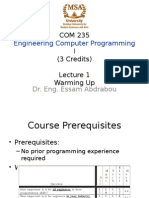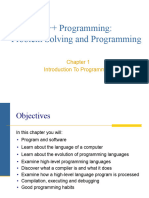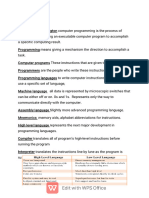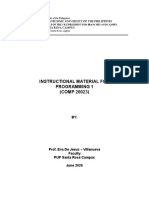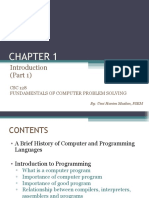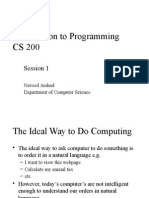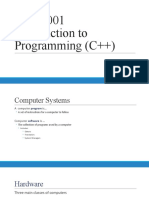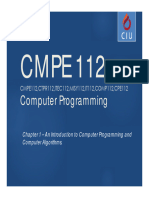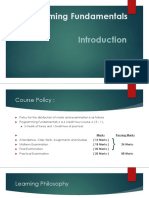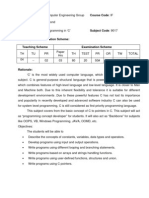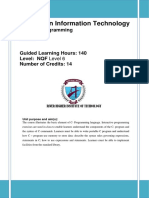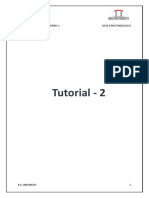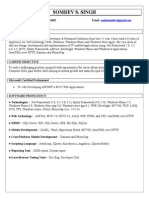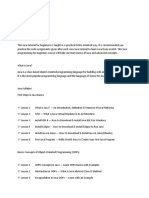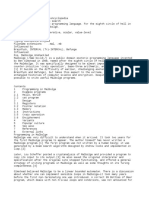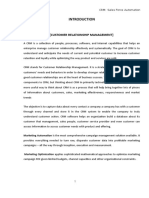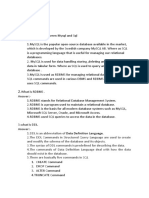0% found this document useful (0 votes)
35 views8 pagesCs201lec 1-3introduction To Programming
The document covers an introduction to programming, emphasizing the importance of problem-solving, analytical skills, and attention to detail. It discusses software categories, the history of the C language, and essential programming tools. Additionally, it introduces basic programming concepts, including variables, data types, and operators in C.
Uploaded by
malaikashah410Copyright
© © All Rights Reserved
We take content rights seriously. If you suspect this is your content, claim it here.
Available Formats
Download as PDF, TXT or read online on Scribd
0% found this document useful (0 votes)
35 views8 pagesCs201lec 1-3introduction To Programming
The document covers an introduction to programming, emphasizing the importance of problem-solving, analytical skills, and attention to detail. It discusses software categories, the history of the C language, and essential programming tools. Additionally, it introduces basic programming concepts, including variables, data types, and operators in C.
Uploaded by
malaikashah410Copyright
© © All Rights Reserved
We take content rights seriously. If you suspect this is your content, claim it here.
Available Formats
Download as PDF, TXT or read online on Scribd
/ 8
